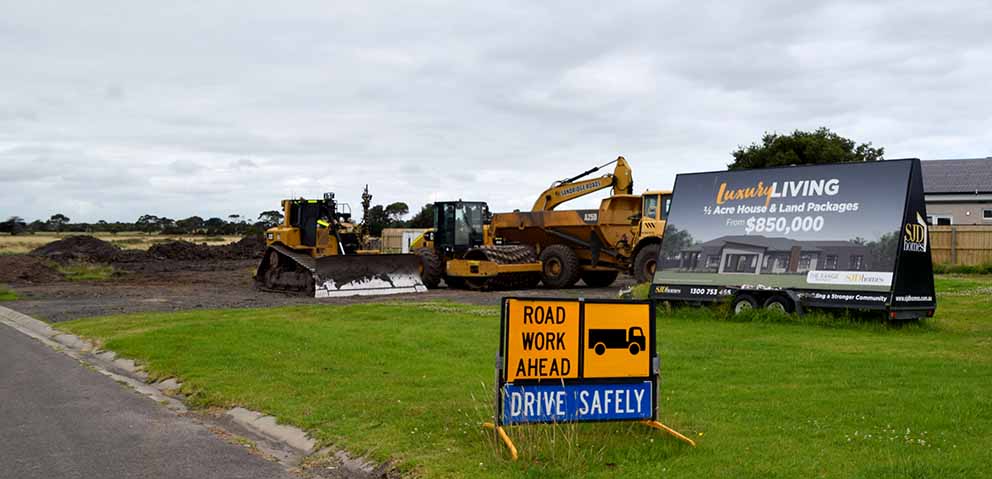THE announcement of 5000 new houses and an extra 12,000 people for Wonthaggi will have a huge impact on the character and future of our town, virtually doubling the size and population.
I hope this expansion has been planned carefully so the character and liveability of old Wonthaggi is retained and enhanced, not swallowed by a plague of big houses on small blocks, corporate warehouses full of largely unnecessary “goods” and poorly thought out access roads.
The developers are already circling (literally) in their shiny black helicopter, eyeing the prize and working out how to maximise the carve-up, while dealing with pesky wildlife and cultural heritage and drainage issues. Fortunately the poor old Powlett River is handy to flush away the residues.
I’m sure the real estate agents will be perusing the latest Maserati brochures and the municipal seat warmers are busy expanding the shire’s coffers in readiness for the rates bonanza.
The architects of this revolution need to understand that Wonthaggi is not some greenfield development playground – rather we are a community with a proud and fascinating social history, natural history and a palpable heart and soul. This was evident at the recent fortnight of history talks at the Wonthaggi & District Historical Society, where the 700 attendees learned about our shuttlecock factory, railway line, Italian coal mines, local newspapers, even `60s rock bands.
Wonthaggi is not some greenfield development playground – rather we are a community with a proud and fascinating social history, natural history and a palpable heart and soul. |
Fortunately our upgraded hospital and schools are coping with demand so far, but other facilities need establishing and upgrading – and I don’t mean just more big brand shops and footy grounds.
Several needs spring immediately to mind. We need a town square for a community gathering place. Apex Park connects the rail tail, historical enclave and main shops but it’s currently a bit shit – very soggy during the wet season and has poor access down the embankment to the rail trail.
The old tech school site is the other elephant in the room. Much of it will probably be demolished but perhaps the trade wing could be repurposed for use by artisans, along with a market space in the short term at least. That’s easily achievable cultural enrichment.
The State Coal Mine is a vital part not just of our history but our future, and an example of how our town and community moved on from a coal economy – 60 years ago. Other coal communities could learn from our experience.
The dithering of “responsible authorities” is disgraceful and is sapping the enthusiasm of many dedicated and knowledgeable volunteers. Perhaps the first task for the money makers could be to sort out this issue – it might even be tax deductible and would certainly earn them some Brownie points.
Directing large traffic volumes through Fullers Road, Griffiths Street and Wentworth Road is not a long-term solution. I’m already noticing more and more vehicles using these routes – a proper bypass and access is essential sooner rather than later.
In summary, we can either have the heart of Wonthaggi torn out and sacrificed to the gods of Progress or develop a more sustainable and liveable home for our residents and ratepayers, avoiding the greenwash, corporate greed and anonymous urban ghettoes which appear to be the norm.
I know which I would choose for my grandkids.
Mark Robertson was born in Wonthaggi and has lived here all his life apart from his university years. He currently lives in North Wonthaggi.
